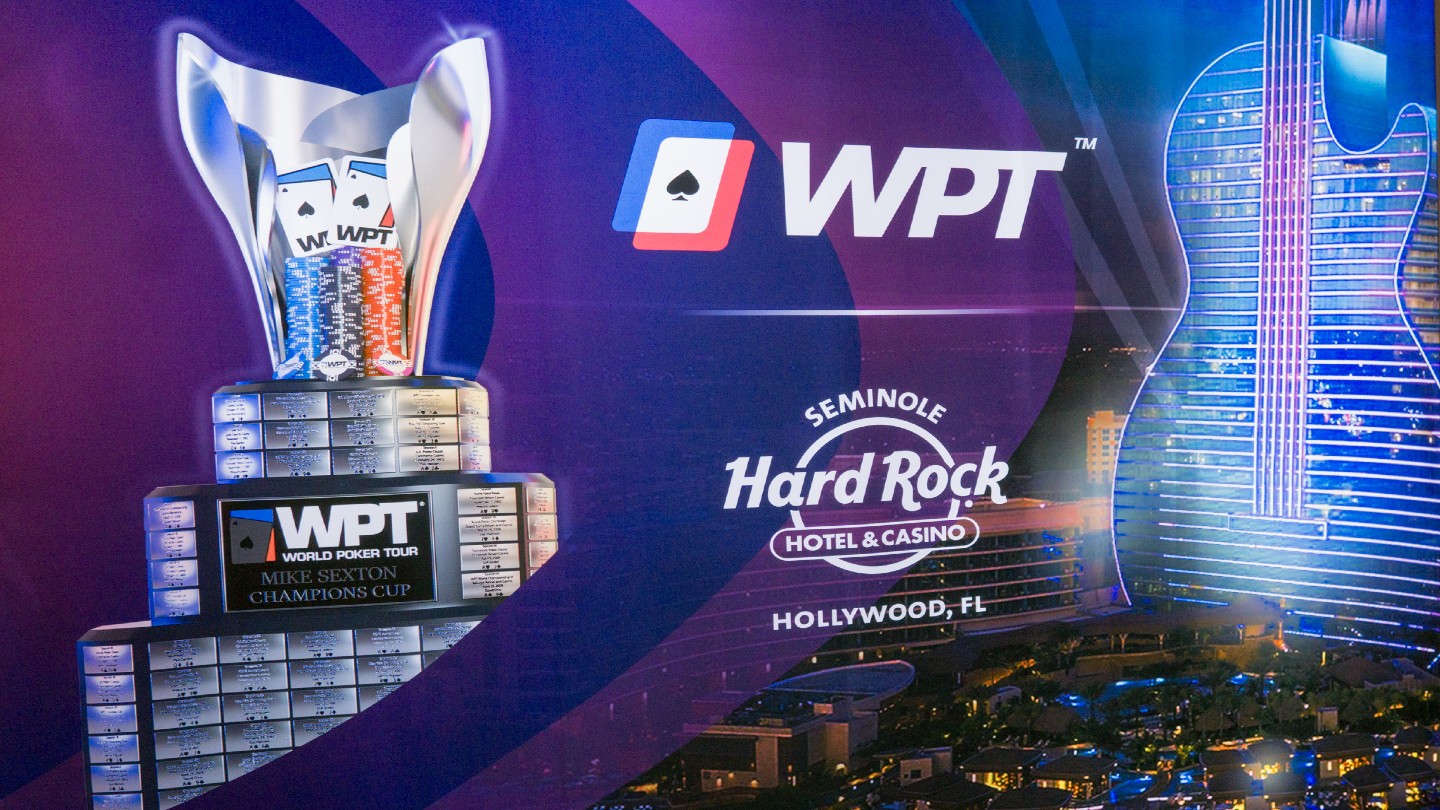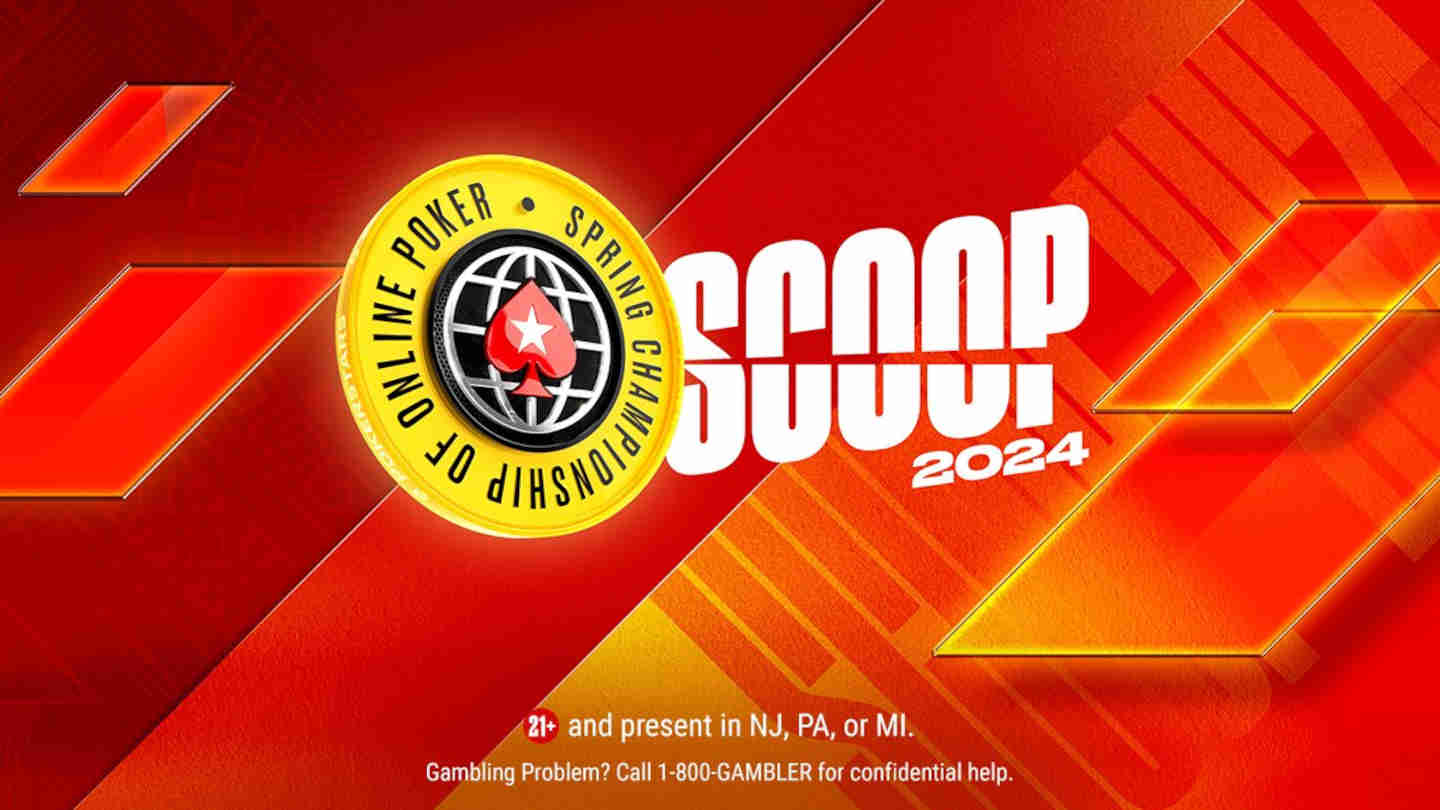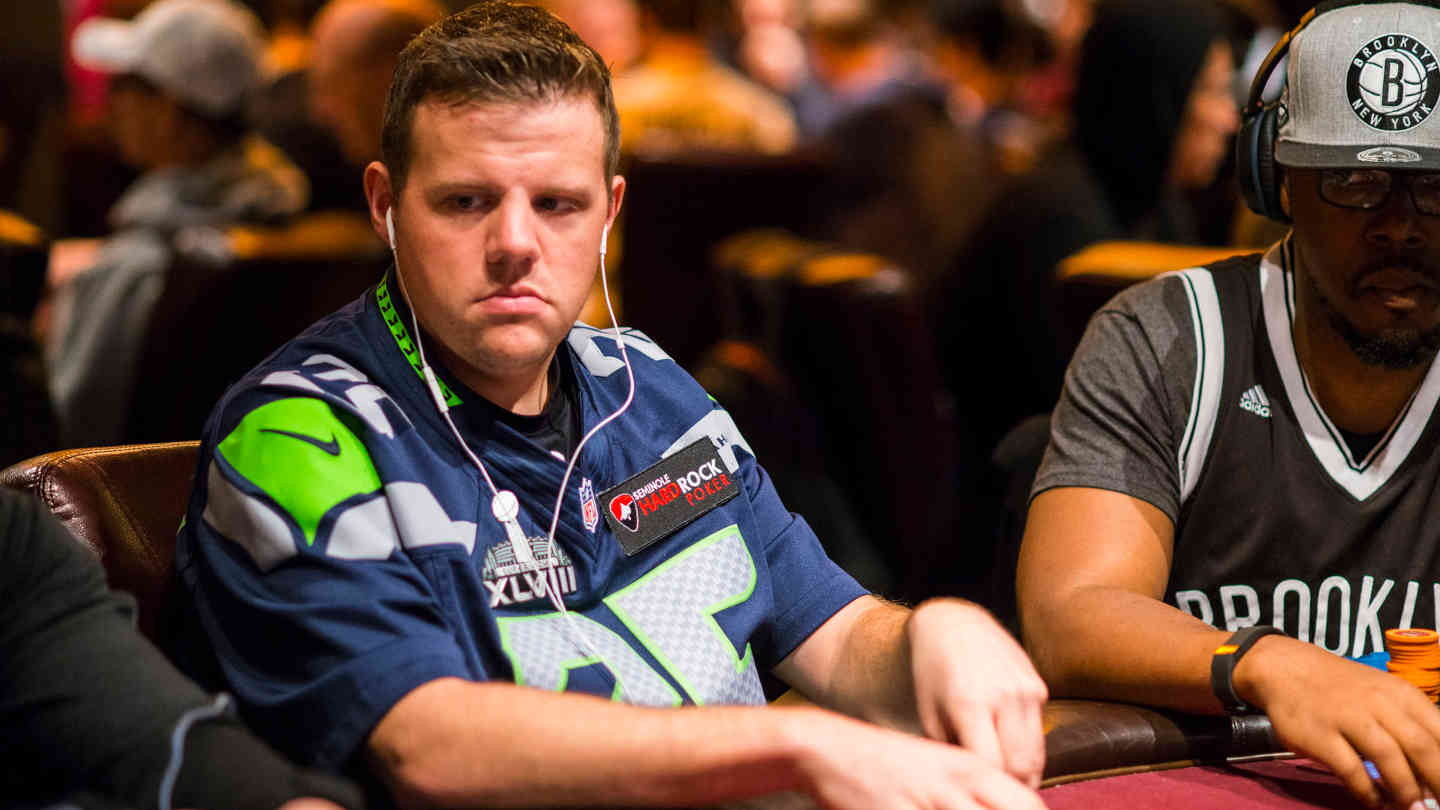What Are Community Cards In Poker?

In poker, the “community cards” is a term that describes the cards that are dealt face-up in the center of the table, and all players in the hand can use them along with their hole cards to put together the best possible hand combination.
The community cards, also called the board, are dealt in a series of betting rounds, typically referred to as “streets.”
In the by far the most popular variant of poker, Texas Hold’em, community cards are dealt in the following way:
- Flop – after the first betting round ends, the dealer deals the first three community cards.
- Turn – after the second betting round ends, the dealer deals the fourth community card.
- River – after the third betting round ends, the dealer deals the fifth community card.
With this said, the introduction of new community cards on different streets changes the possible combinations and strength of poker hands that players can make.
As more community cards are revealed, your information about the possible hands your opponents may have improved, so you can put a player on more precise ranges, and your poker strategy may change accordingly.
Poker Community Cards Example:
Let’s say you are playing a $1/$2 PLO poker cash game and decide to 2-bet from the button when everyone folds to you. Small blind folds and big blind calls.
Since the first betting round has been completed, the dealer turns the first three community cards face-up and deals Ah 9c 2s. Big blind check in the dark, and you decide to c-bet because a dry board favors your range.
Big blind calls again, and the dealer opens up 2c as 4th community card and places it on the table. You BB checks, you bet again, and the big blind calls one more time.
The dealer turns the last community card and places Jc on the table. Big blind donk bet, but you decide to snap call with a nut flush.
In this hand, all community cards were opened that every active player could use, and in this case, the board was – Ah 9c 2s 2c Jc.
ONLINE POKER:
RESOURCES:







